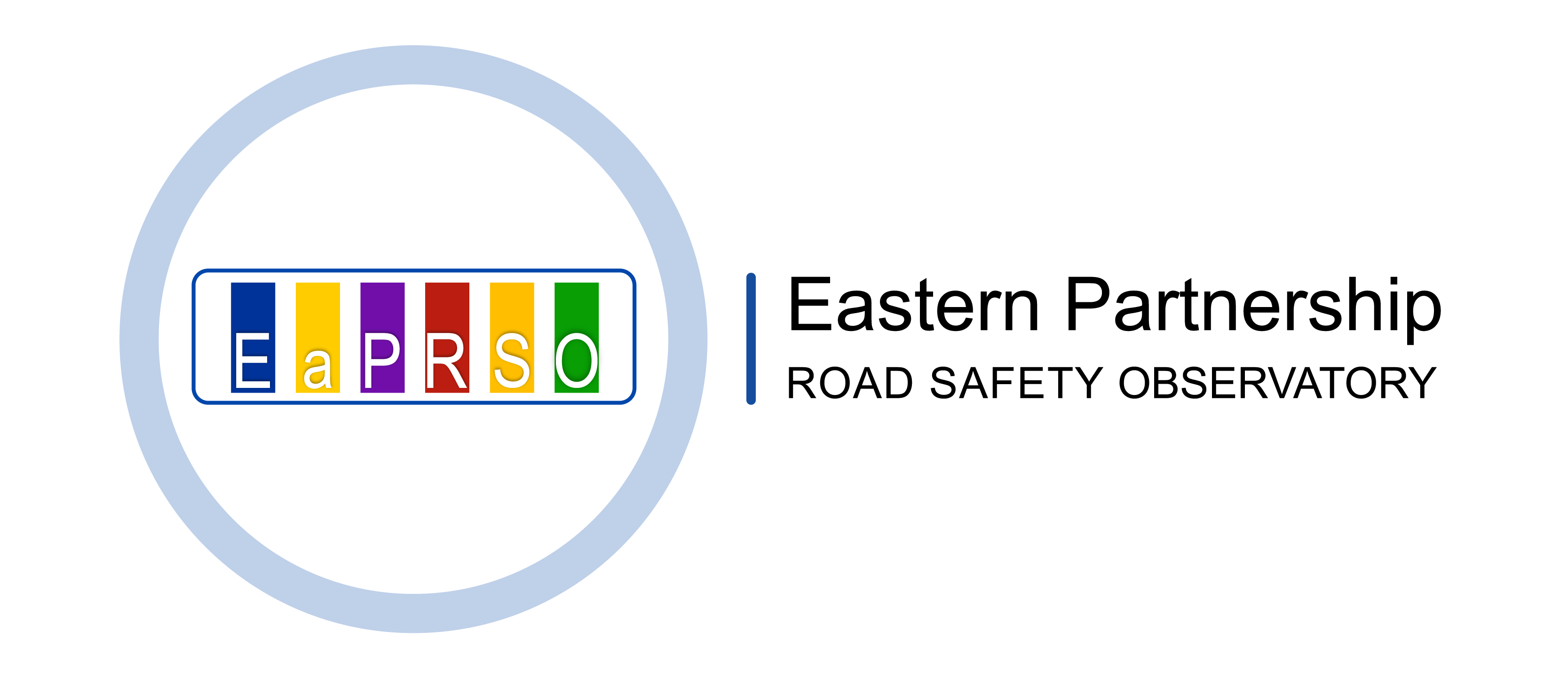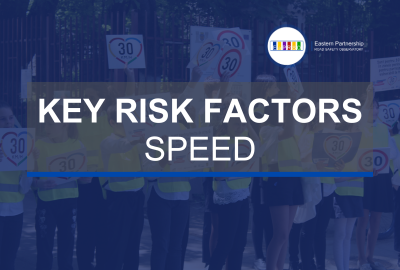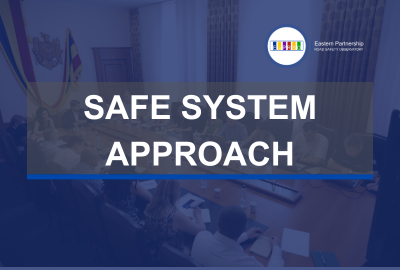
April 28th is the World Day for Health and Safety at Work. This year’s theme is ‘Revolutionising Health & Safety: the role of AI and digitalization at work.’ The promotional poster shows a woman facing her robot mirror image. If your interest is road safety, you might imagine robot drivers – automated cars and trucks eliminating ‘the human factor’ in road traffic. However, it is plain to see, that despite a huge hype over the past two decades, driverless cars are unlikely to play a major role in road transport for some time to come. What role is there, then, for AI and digitalisation in occupational road safety?
AI and digitalisation are present on our roads now and making big differences for road safety. AI and big data are already helping fleet managers reduce road risk, optimising traffic flows on road networks, and making it easier for drivers to maintain safe speeds when driving for work or pleasure.
It is estimated that between a quarter and a third of all road fatalities involve someone driving for work (in the UK 29% of road deaths and 39% of pedestrian deaths involve a working driver).[1] Reducing work-related road fatalities and injuries could make a big dent in the number of global road fatalities, helping achieve the goals of the UN Decade of Action for road casualty reduction. Wherever new technologies can assist, they are very welcome.
A tremendous example is ISA – Intelligent Speed Assistance – which uses GPS speed limit data and video cameras that can read road signs to limit the speed at which a vehicle travels. From July 2024, all new cars sold in the EU must be fitted with ISA systems. ISA prompts drivers to slow down when they are over the speed limit, either by controlling the accelerator or through other feedback to the driver. Although the driver remains ultimately in control and can override the system, the EU points out that “even a slightly reduced driving speed has a significant beneficial effect on accident avoidance or mitigation of the accident outcome.”[2]
This beneficial effect and the cost savings that come from reducing road crashes has led some companies and big fleets to retrofit ISA technologies into their vehicles, with dramatic effects. Transport for London (TFL) began fitting ISA in its bus fleet in 2015. Before this, TFL data showed that, on average, buses exceeded the speed limit in 20mph zones 15-19% of the time. After installation this figure dropped to just 1-3%.[3] Not only did incidents of drivers speeding fall, but slower bus speeds had the effect of reducing average speeds in 20mph zones. TFL now plans to have ISA in all its buses by 2032. New York City’s pilot programme for ISA found that vehicles with ISA remained within speed limits 99% of their time on the road, while covering over 130,000 miles.[4]
A global survey of over 1,800 fleet decision makers in 15 countries found that over half of fleet managers are planning to boost efficiency by investing in digital solutions, with the main reason being a quest to enhance driver and vehicle safety.[5] Commercial fleets are making use of AI and big data to make their route planning more efficient, tackle risky driver behaviours (including speed management), and improve vehicle maintenance. Examples of digital tools used include machine vision enabled dashcams giving feedback on driving and road conditions, connected tyre technologies which use sensors to monitor tyre health, predictive maintenance systems, and driver behaviour and performance monitoring to identify and address risky driving patterns (often referred to as ‘black box’ technologies).
These technologies can greatly improve safety and have the bonus for fleet managers of reducing costs and time spent dealing with road crashes. In 2024, the insurance company RSA carried out a year-long study to gauge the impact of installing AI cloud-connected dashcams to monitor and warn of driver distraction, non-use of seat belts and other risky behaviours. It found that the introduction of dashcams reduced the incidence of insurance claims from 29% to 8%; reduced the loss ratio from 48% to 15%; and cut the average claims cost per vehicle year from £1713 to £423.[6]
Good journey planning benefits road safety and fuel efficiency by preventing needless miles travelled. Journey planning based on AI and big data can identify the most efficient routes, help avoid road hazards or congestion, and group deliveries to reduce drive times. This can relieve pressures on delivery drivers, who are often given unrealistic delivery schedules to achieve in a short space of time. A study by University College London found that delivery drivers under time pressure are more likely to speed (56% v 39%) and run through red lights (21% v 12%).[7]
Big data on fleets also offers great possibilities for better national and regional road safety management. By analysing big datasets from GPS tracking of vehicles and telematics, important information can be harvested for managing speeds and identifying high-risk crash locations across the road networks. By analysing historic and current, real-time conditions, predictive analytics can help identify areas of concern. One practical application is the use of dynamic message signs that can alter speed limits or re-route traffic in response to hazards.
The Eastern Partnership Road Safety Observatory will be raising these issues with our members in the coming years, promoting the potential for using AI and big data to improve road safety.
[1] https://www.drivingforbetterbusiness.com/articles/landmark-study-reveals-driving-for-work-death-toll/#:~:text=Nearly%20one%20third%20(29%20per,charitable%20partnership%20Roadsafe%2C%20has%20found.
[4] https://americawalks.org/wp-content/uploads/2023/04/Intelligent-Speed-Assistance-Fact-Sheet_FINAL.pdf
[5] https://www.fleeteurope.com/en/connected/europe/features/four-key-trends-fleet-management-2025?a=JMA06&t%5B0%5D=Webfleet%20Solutions&t%5B1%5D=Artificial%20Intelligence&t%5B2%5D=Electric%20%26%20Connected&curl=1
[7] https://www.ucl.ac.uk/news/2022/nov/road-collisions-more-likely-takeaway-delivery-riders-working-gig-economy#:~:text=Freelance%20delivery%20riders%20are%20also%20more%20likely,ride%20through%20red%20lights%20(21%%20versus%2012%).&text=However%2C%20companies%20are%20more%20likely%20to%20question,versus%2033%)%2C%20indicating%20speeding%20or%20other%20violations.




